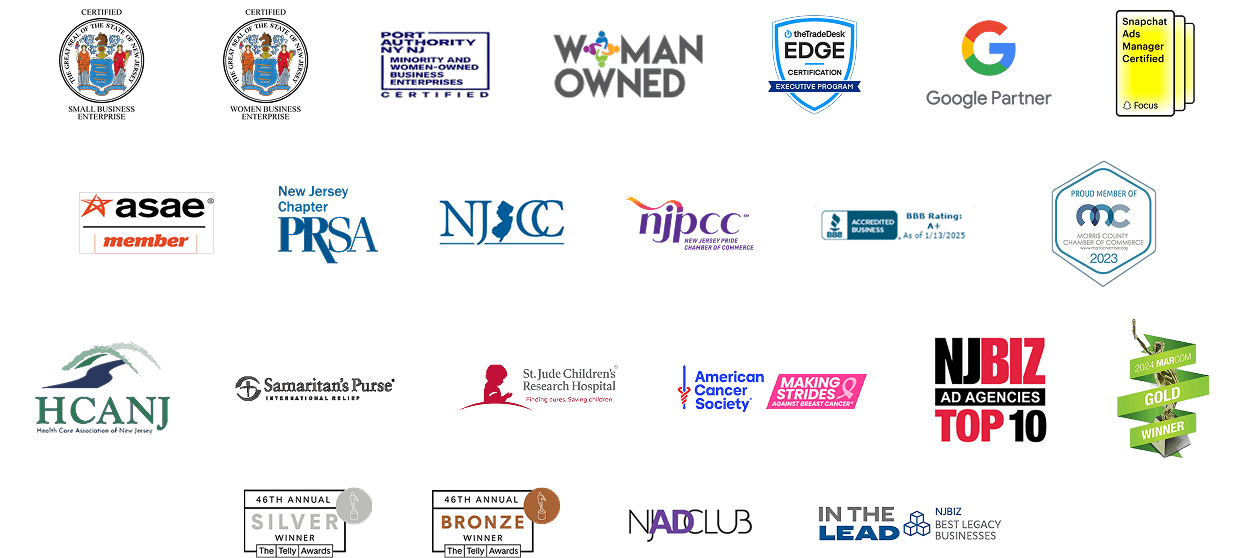The Art of Producing Podcasts

Producing an engaging and informative podcast involves several crucial stages. From the initial pre-planning – defining the podcast’s core and securing the right elements – through the production and meticulous post-production audio work, the journey culminates in distribution across major platforms to reach listeners.
What St. Patrick would teach us about Public Relations
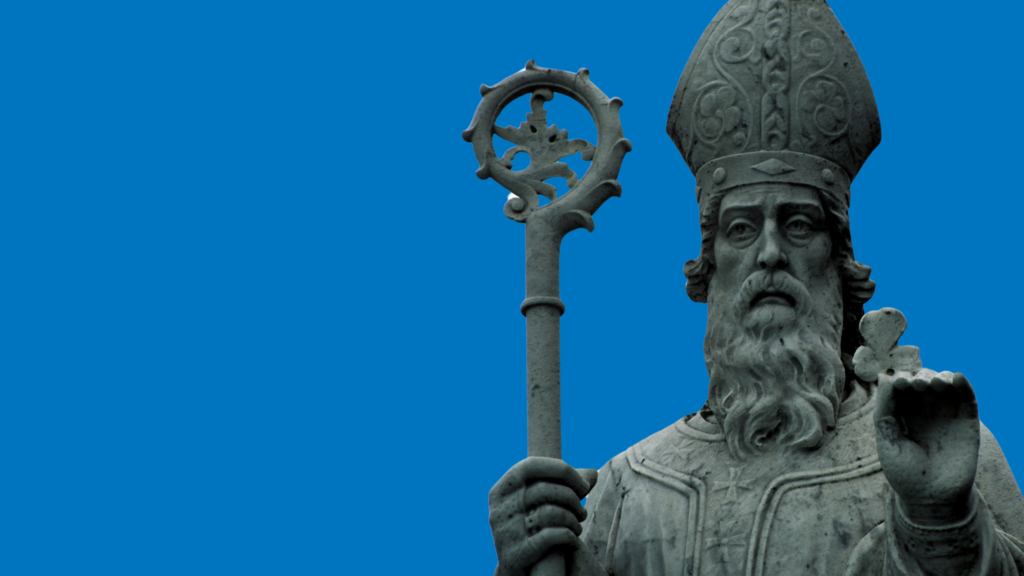
Despite modern PR technology, nothing beats face-to-face communication—just ask St. Patrick. Through relationships and persuasion, he spread Christianity across Ireland, proving himself a PR genius.
The Role of PRSA in Shaping the Public Relations Field
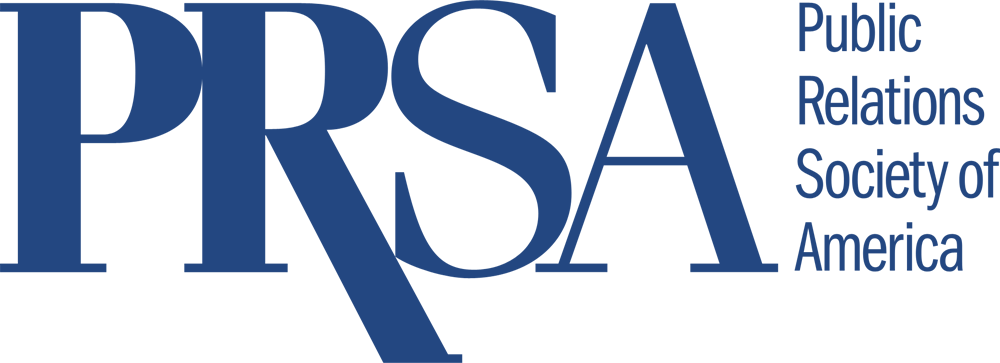
PRSA empowers over 30,000 PR professionals with career development, networking, and ethical guidance. Since 1947, it has provided resources like workshops and mentorship to keep members ahead of industry trends. Leaders like SCG’s Michael Cherenson highlight PRSA’s role in shaping the field, while members like Lupe Dragon gain valuable skills to elevate their careers and the profession.
Boosting Recruitment: How SCG Advertising and PR is Helping the Philadelphia Police Department Attract New Officers

For the past 12 months, SCG Advertising and PR has been working with the Philadelphia Police Department in their recruitment efforts to hire more officers to protect the City of Philadelphia. During our last campaign in January of 2024, SCG partnered with Audacy, Hugh Douglas, and Merril Reese.
Back to the Classics: A Suggested Reading List
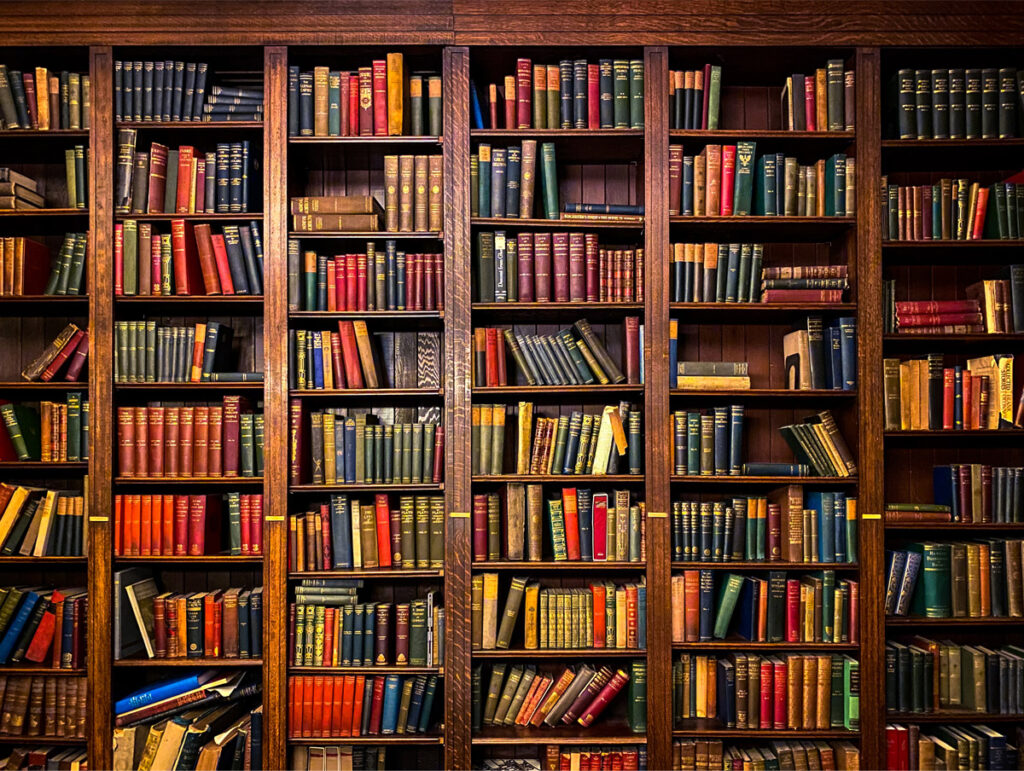
I’m a public relations practitioner, and my profession’s core is communication– the development and expression of ideas and information.
Nine Essential Poems
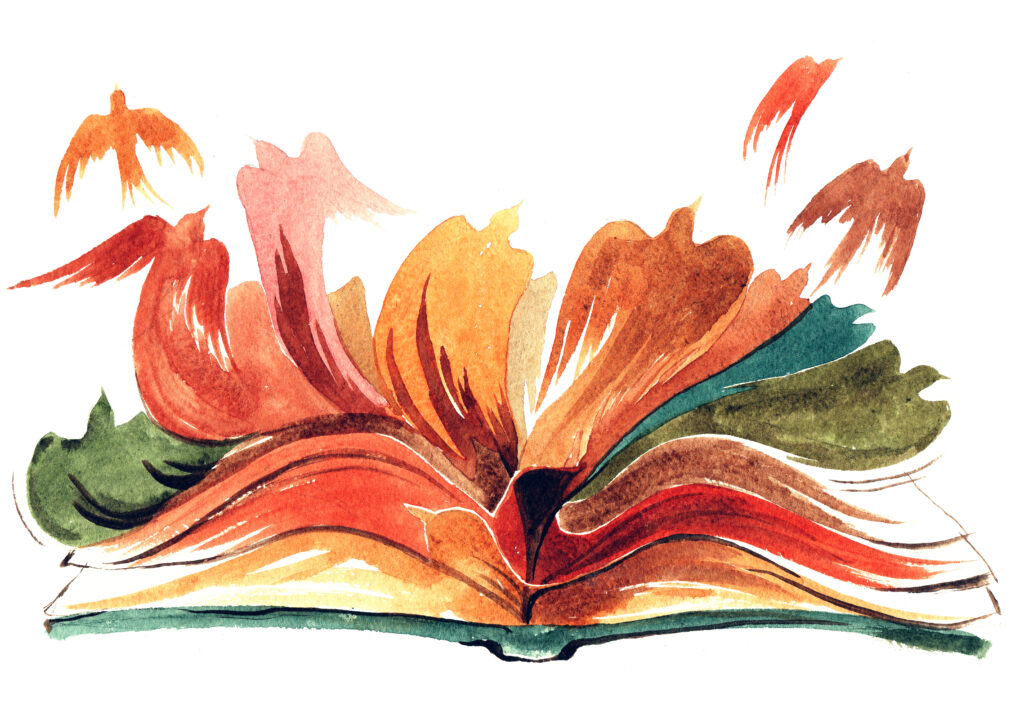
Poetry is doing things with language that exceed the scope of routine communication – it’s rather like painting with words. I occasionally engage in the process, and a handful of my efforts have appeared in poetry journals.


